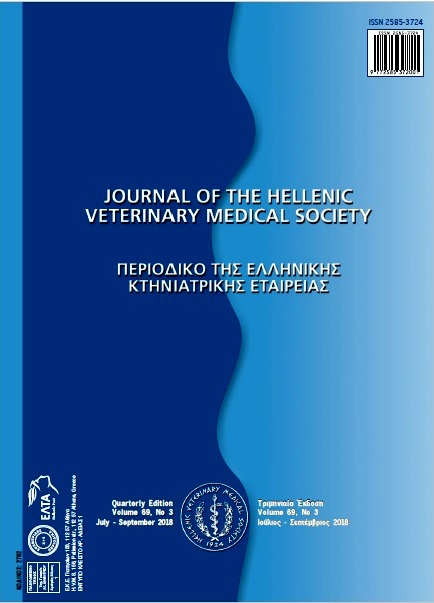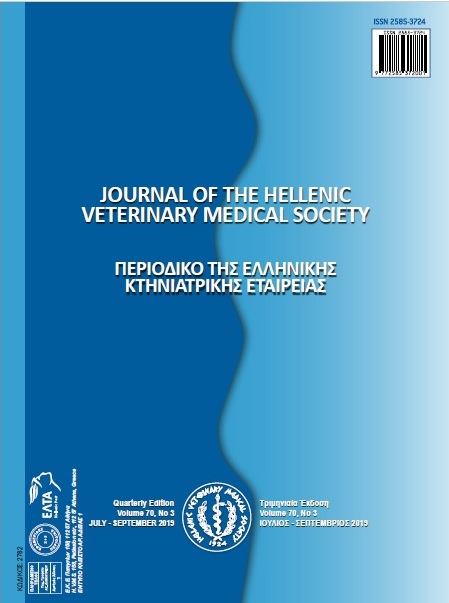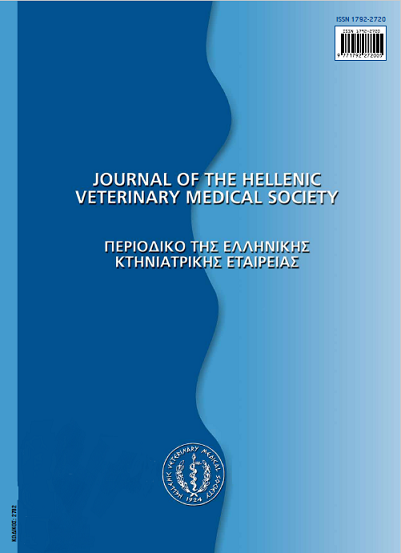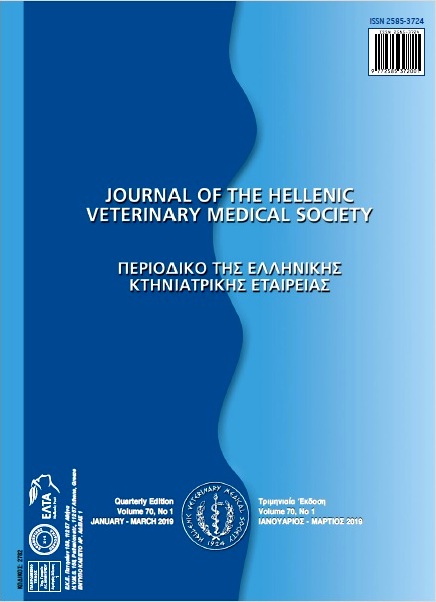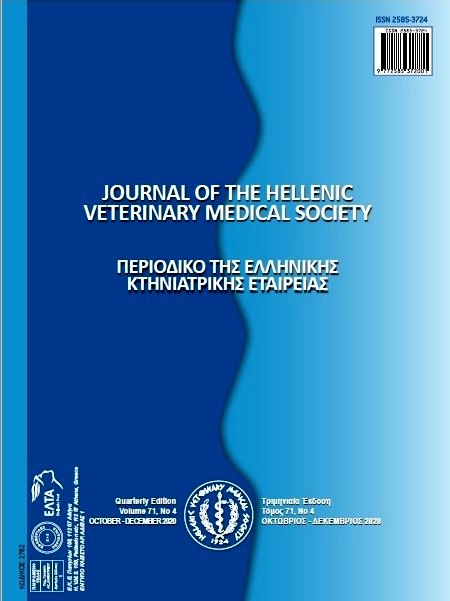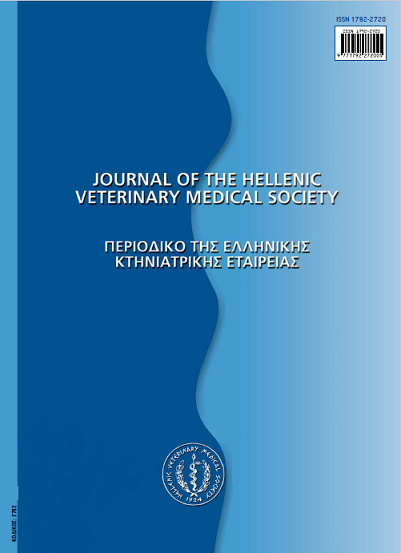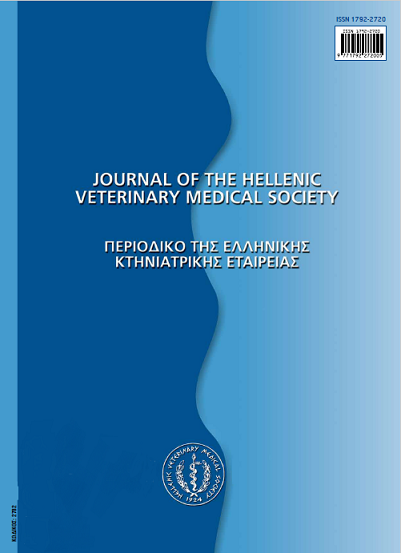Molecular investigation and geographical distribution of Leishmania spp infection in stray and owned cats (Felis catus) in Thessaly, central Greece
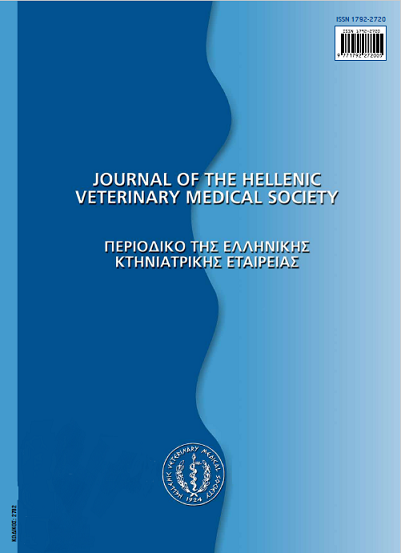
Abstract
In this study we aimed to determine the prevalence of Leishmania spp infection and to report the geographical distribution of Leishmania spp infected cats from Thessaly, central Greece, an endemic region for canine and human leishmaniosis. Blood samples were collected from a total of 150 cats (34 stray and 116 owned) from the area of Thessaly, i.e. Larissa (n=6), Volos (n=94), Trikala (n=30) and Karditsa (n=20). Data on signalment and living conditions were registered for each cat. The samples were tested by Internal Transcribed Spacer 1 nested PCR (ITS1 nested PCR). Geographical Information System (GIS) was used to define the geographical distribution of the Leishmania spp infected cats in relation to the land uses and the altitude. In total, 13.3% (95% CI: 8.3-19.8) of the sampled cats were found positive for Leishmania spp DNA. More precisely, the results are 12.8% (95% CI 6.8-21.2) in Volos, 20% (95% CI 6.8-21.2) in Trikala and 10% (95% CI 12-31.7) in Karditsa while none of the six cats examined from the region of Larissa was found PCR positive. The Leishmania spp infected cats were found in artificial surfaces and associated areas and in cultivated and managed areas with a mean altitude of 81,7 m above sea level (range 14 - 225 ± 51.57 SD). No significant correlation was found between Leishmania spp infection and signalment or living conditions, thus suggest ing that the infection is uniformly distributed among the screened feline population. The findings of this study along with the occurrence of competent vectors of Leishmania infantum in Thessaly, support the hypothesis that cats may serve as a reservoir for Leishmania spp in this region and highlight the need for surveillance in feline population and implementation of control measures. However, the epidemiological role of cats in the maintenance and transmission of Leishmania spp has yet to be defined and deserves further investigation.
Article Details
- How to Cite
-
GIANNAKOPOULOS, A., TSOKANA, C. N., PAPADOPOULOS, E., SPYROU, V., CHATZOPOULOS, D. C., VALIAKOS, G., TOULOUDI, A., ATHANASIOU, L. V., & BILLINIS, C. (2018). Molecular investigation and geographical distribution of Leishmania spp infection in stray and owned cats (Felis catus) in Thessaly, central Greece. Journal of the Hellenic Veterinary Medical Society, 68(1), 27–34. https://doi.org/10.12681/jhvms.15553
- Issue
- Vol. 68 No. 1 (2017)
- Section
- Research Articles

This work is licensed under a Creative Commons Attribution-NonCommercial 4.0 International License.
Authors who publish with this journal agree to the following terms:
· Authors retain copyright and grant the journal right of first publication with the work simultaneously licensed under a Creative Commons Attribution Non-Commercial License that allows others to share the work with an acknowledgement of the work's authorship and initial publication in this journal.
· Authors are able to enter into separate, additional contractual arrangements for the non-exclusive distribution of the journal's published version of the work (e.g. post it to an institutional repository or publish it in a book), with an acknowledgement of its initial publication in this journal.
· Authors are permitted and encouraged to post their work online (preferably in institutional repositories or on their website) prior to and during the submission process, as it can lead to productive exchanges, as well as earlier and greater citation of published work.



